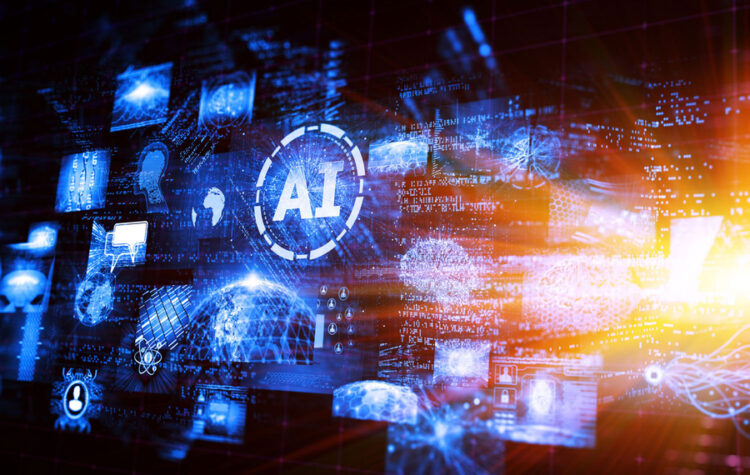
Bridging philosophy and AI to explore computing ethics
In a new MIT course co-taught by EECS and philosophy professors, students tackle moral dilemmas of the digital age.

Creating a common language
New faculty member Kaiming He discusses AI’s role in lowering barriers between scientific fields and fostering collaboration across scientific disciplines.

Streamlining data collection for improved salmon population management
Assistant Professor Sara Beery is using automation to improve monitoring of migrating salmon in the Pacific Northwest.

Can deep learning transform heart failure prevention?
A deep neural network called CHAIS may soon replace invasive procedures like catheterization as the new gold standard for monitoring heart health.

MIT researchers developed a new approach for assessing predictions with a spatial dimension, like forecasting weather or mapping air pollution.

By determining how readily electron pairs flow through this material, scientists have taken a big step toward understanding its remarkable properties.

Eleven MIT faculty receive Presidential Early Career Awards
Faculty members and additional MIT alumni are among 400 scientists and engineers recognized for outstanding leadership potential.

Introducing the MIT Generative AI Impact Consortium
The consortium will bring researchers and industry together to focus on impact.

Aligning AI with human values
“We need to both ensure humans reap AI’s benefits and that we don’t lose control of the technology,” says senior Audrey Lorvo.

User-friendly system can help developers build more efficient simulations and AI models
By automatically generating code that leverages two types of data redundancy, the system saves bandwidth, memory, and computation.